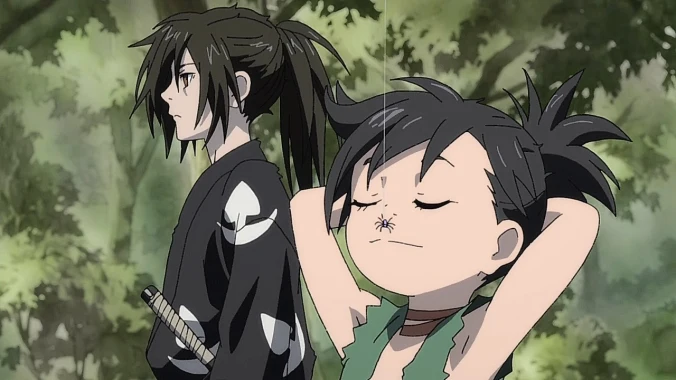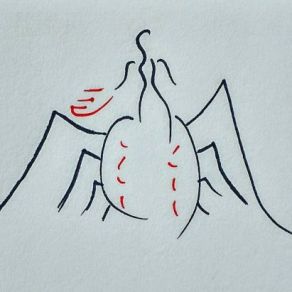Management: This essay is meant to be less of a review and more of analysis of the show being examined. It contains plot spoilers for the Dororo anime, specifically Episode 7’s “The Story of the Jorogumo Silk Spider.”

If I’m not already on the public record for this, I guess I’ll make it here: I like Spider Girls. I like Spider Girls a lot, and I don’t mean the Marvel variety. I mean the monster-kind: half-carapace and arachnid appendages, top hair and human flesh. Hell, I wrote a fan fic about Spider Girls and Dark Souls once, but never mind that. I like Spider Girls for reasons other than the suggestive ones you’d might suspect. I like them for ways that set them apart from the other popular monster girls.
I like Spider Girls for their baggage. People fear spiders, after all. People loathe them. They see the multiple eyes, multitude legs, mandibles, cuticles. They see spiders and other features related to them, and their foremost instincts to them, their gut reactions to the critters, are to jerk away immediately or smash them into paste. People will recoil or lash out at spiders, their fight-and-flight mechanisms on the fritz, even if they’re non-venomous or really quite harmless. I don’t necessarily blame folks for doing that. It’d be hypocritical if I did. I’m guilty of one and the other, many times over, paths less frequently tread, blood on my shoes’ soles.


That terror and fury isn’t an unusual condition of the mind, because your brain rationalizes it as being better safe than sorry. People aren’t born with discriminating eyes, after all. They need to be trained on the details. They need to be taught what means danger. In the light of this perspective, phobias are shortcuts — they have their uses. Yet even then, it’s not as though the more dangerous spiders mean anything spiteful or cruel when they bite you or brush up against you or find themselves in their way. Everyone finds themselves in the wrong place and time. No one really knows any better when first contact is made.
Buddhism builds on this empathetic logic to approaching life. From the strongest human to the smallest spider, every life is subject to the cycle of samsara, or reincarnation. Every entity is subject to the pain of existence. Every existence is a precious thing. Life reincarnates into higher or lower forms of existence when they die. A spider may have once been human, and a human may yet arise from a spider. In the light of this perspective, Buddhism asks us to have pity and compassion for living things, regardless of their past misdeeds or current station. Buddhism is a deeply ingrained in Japanese culture, and spider encounters are a common Japanese experience. It’s no surprise then the country is home to all kinds of tales combining spiders with Buddhism, from a Ryunosuke Akutagawa short story to a Spider Girl in Dororo.
